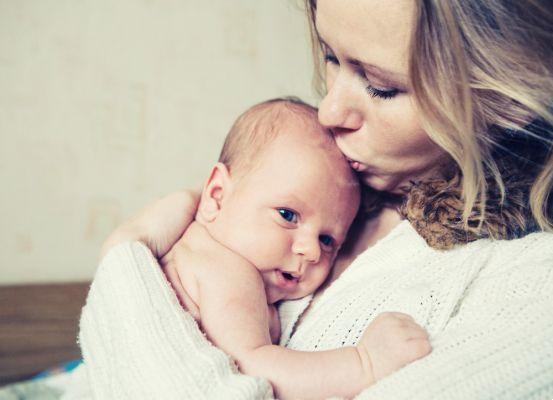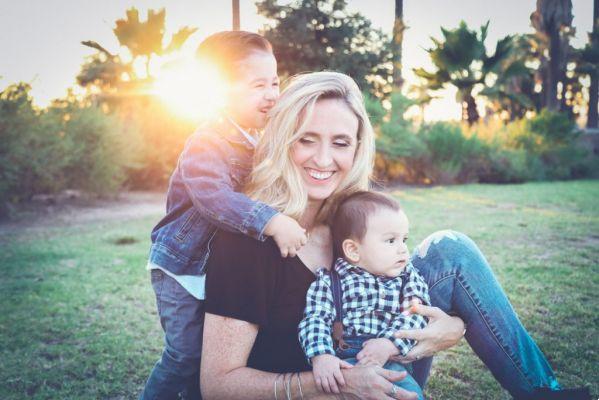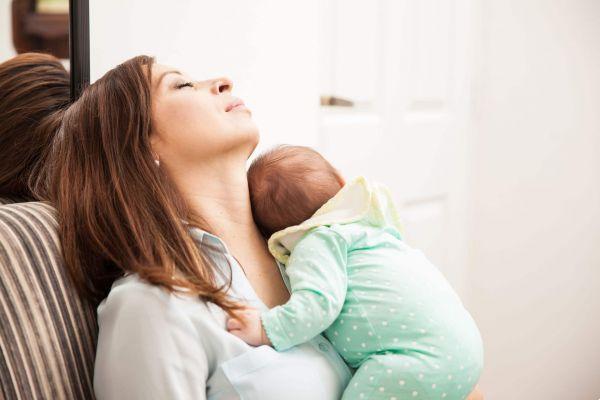Women have long been masters of their destiny. The sexual revolution in the 60s gave women a voice. For the first time they expressed their desires. Marriage and motherhood have lost the status of priorities. There were those who simply gave a solemn banana to this duo. Others reconciled it with a thirst for knowledge and professional growth. The women went to fight. They occupied the university benches and worked hard.
It takes years and years to achieve professional success. The path is arduous. Dodging the machismo of those who think that a woman's place is in the kitchen. Working all day, dealing with traffic, the precarious public transport and the deplorable behavior of some men who take advantage of this situation. In this scenario, motherhood is in last place, a distant dream with no defined form.
However, as time passes, the decision to postpone motherhood is called into question. The woman questions whether she made the right choice and the insistent demands make many women feel selfish for having thought only of their professional goals. Removing the internal and external pressures, it is concluded that putting the career in the first place was right, because economic stability is one of the necessary pillars to have a child. The maturity achieved with age is also critical to raising a child.
The woman is charged because she took time to have children. When a woman decides to have a pregnancy after 30, she is again the target of criticism.She is called irresponsible, because late pregnancy increases the chances of the child having Down Syndrome. No matter what age, motherhood is always surrounded by judgments.
best age to get pregnant
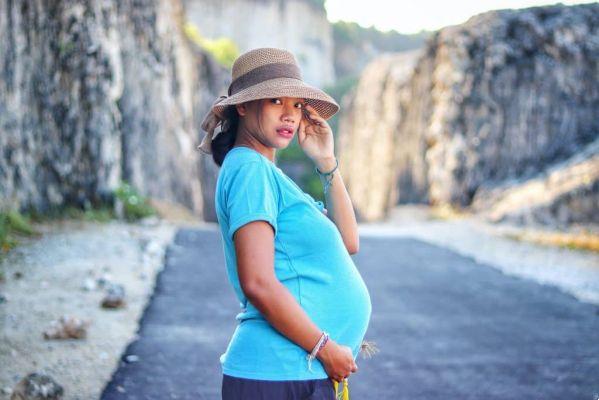
Until the 60s, the ideal age was between 18 and 25. Those who gave birth after the age of 25 were called elderly primigravidae. With the improvement of contraceptives, women were able to decide when to become pregnant. Currently, the most suitable age for first pregnancy is between 20 and 29 years old. Before that, the reproductive system is not yet fully formed. Afterwards, there is a drop in fertility.
fertility decline
Women are born with approximately 2 million eggs – enough for a lifetime – the number decreases month by month until it reaches zero, this happens at age 45, due to menopause. Another issue that hinders pregnancy after the age of 30 is endometriosis. The disease causes the endometrium, the mucosa that lines the inner wall of the uterus, to grow in other regions of the body. But the most drastic decline in fertility occurs at age 40.
First pregnancy care
When the first pregnancy happens after 30, care is intensified. Prenatal care, for example, should not wait for the first symptoms of pregnancy, but should begin before conception. At the first consultation with the gynecologist after the decision to become pregnant, the doctor performs a clinical evaluation. He requests several laboratory tests, blood count, blood typing, serology and urinalysis. You will also be asked for a check-up and a rubella and measles immunity test. If you are not immune, take the vaccine and wait a month to start trying. If the results are satisfactory, the doctor prescribes folic acid, a B-complex vitamin, to reduce the risk of malformation of the baby's central nervous system. A woman should take it for up to three months before becoming pregnant and early in pregnancy.
As soon as menstruation is delayed, the woman needs to see her gynecologist. At age 35, miscarriage rates are higher. The ultrasound confirms that the embryo is inside the uterus and that the pregnancy is multiple. The exam also diagnoses an anembryonic pregnancy, where there is the development of the gestational sac without the formation of the embryo.
Risks of late pregnancy
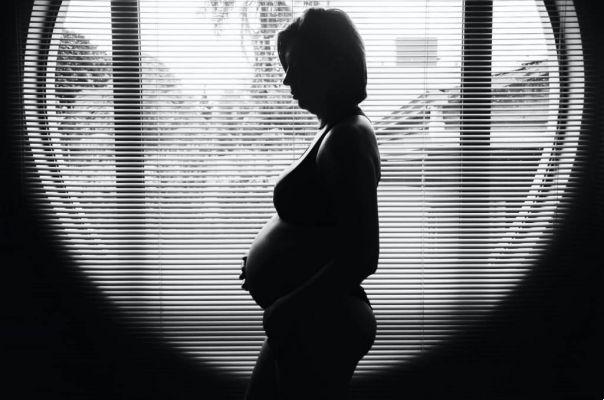
Photo by Camila Cordeiro on Unsplash
Pregnant women over the age of 35 are at higher risk of diabetes. Tânia Regina Schupp Machado, an obstetrician, explains that a woman has to take a fasting blood glucose test in order to measure her blood sugar level. Tania also clarifies that in the seventh month a glucose tolerance test is carried out. On an empty stomach, the woman receives 100 grams of glucose and her blood is collected every hour for four hours.
In pregnancy at age 35, the risks of having hypertension and preeclampsia are 3 times higher. As the uterus ages, the placenta does not develop properly, releasing substances that cause high blood pressure. Such substances act on the endothelium, inside the veins. The endothelium becomes hard, requiring more force to pump blood. If necessary, the doctor will prescribe medication to control the pressure.
Preeclampsia, characterized by increased blood pressure, swelling of the face and hands, occurs when the new blood vessels responsible for carrying blood to the placenta do not develop properly. Types 1 and 2 diabetes, obesity, kidney disease, autoimmune diseases (lupus and rheumatoid arthritis) potentiate the emergence of preeclampsia. Its main symptoms are vision changes, urinating little and seizures. The disease is one of the four hypertensive disorders. The other three are:
- Chronic hypertension: High blood pressure before pregnancy, or that appears before the 20th week.
- Gestational hypertension: Blood pressure is high, however, there is no excess protein in the urine, nor changes in other organs. Women with high blood pressure can develop preeclampsia.
- Chronic hypertension with superimposed preeclampsia: High blood pressure before pregnancy aggravated by the presence of protein in the urine.
Severe cases of preeclampsia require hospitalization. Amniotic fluid is measured constantly. The absence of this substance indicates that the blood supply to the fetus is compromised. If the diagnosis is made in the final stage of pregnancy, labor will be induced, as the cervix begins to dilate and mature.
Síndrome de Down
Down syndrome is considered one of the greatest risks to children. The odds of having a child with such a condition are one in 300. However, there are those who consider it exaggeration. American psychologist Jean Twenge, who became pregnant at 34, decided to investigate the relationship between late pregnancy and chromosomal abnormalities. The results were published in the book The Impatient Women's Guide to Getting Pregnant. According to the book, the odds of a child being born with Down syndrome are one in 500 by age 20, one in 400 by age 30, and one in 60 or 70 by age 40.
Nuchal Translucency

Between the 11th and 13th week, when the total size of the fetus is between 45 and 84 millimeters, the nuchal translucency test is performed. This ultrasound determines a measurement at the back of the fetus's neck. When there are changes in this measure, there are chances of chromosomal diseases, such as Down syndrome, for example.
If the exam shows changes, the pregnant woman is submitted to a chorionic villus sampling, an invasive procedure performed with local anesthesia that evaluates the placenta. Conducted by ultrasound, the doctor inserts a long, thin needle into the belly and takes a sample of the placenta. The result of this analysis reveals the number and morphology of chromosomes, that is, it shows whether the fetus is chromosomally normal. The female is 46/XX and the male 46/XY, any change indicates a problem.
If the result of the chorionic villus sampling is unfavorable, after two weeks, the pregnant woman undergoes a test called amniocentesis, which is also invasive. A sample of amniotic fluid is taken to determine the number and morphology of chromosomes. Amniocentesis is the last possibility to exclude or confirm Down Syndrome.
In vitro fertilization
In vitro fertilization is not only sought after by women over 30. Studies confirm that 80% of women undergoing treatment are under 40 years old. Blocked tubes, endometriosis or male infertility are the most common causes. The success of fertilization is greater before the age of 35, it is estimated that they have a 42% chance of getting pregnant, the number drops to 27% from 35 to 40 years old and reaches 12% in women aged 40 years.
the birth
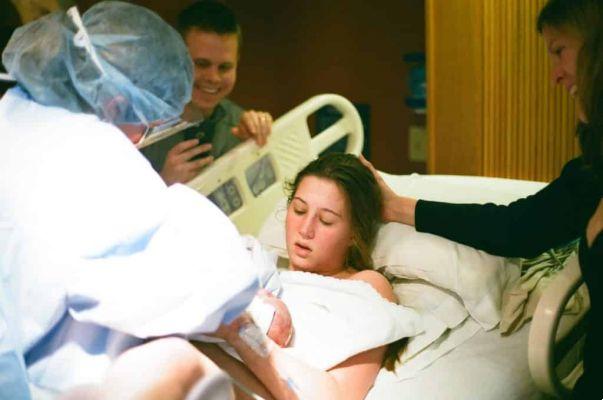
Cesarean sections are more frequent, however, normal delivery cannot be performed. Anticipation occurs because of maternal anxiety, who cannot withstand labor, which can last up to twelve hours.
Pregnant women over 35 have busy lives. They must put their foot on the brake, otherwise the amount of fluid around the baby decreases. Physical exercises are allowed, as long as there is no uncontrolled hypertension, uterine bleeding. Mothers who did not practice any activity need to wait for the first trimester. The Norwegian Institute of Public Health in Oslo conducted a survey, where the results proved that doing physical activity three times a week reduces the chances of the baby being born overweight by up to 28%. Pregnant women, both those who already exercised regularly and those who are about to start, need to seek guidance from a physical educator specialized in pregnant women.
Food deserves triple attention in pregnancy. Carbohydrates and sweets should be consumed in excess.
To help you, we will list the most suitable foods, starting with fruits:
- Watermelon: Its composition is 90% water. Because it is diuretic and antioxidant, it favors the expulsion of toxins. Watermelon is still rich in minerals.
- Papaya: It is also rich in water. Source of vitamins A and C, papaya helps fight constipation.
- Avocado: Magnesium prevents cramps, fights tiredness and fatigue. Avocado fats are beneficial, but it should still be consumed in moderation.
- Banana: Rich in carbohydrates and vitamin B6, which helps in the development of the fetus and prevents nausea in the first few weeks.
- Kiwi: Rich in vitamin C, kiwi has fiber, which is good for the intestines.
- Strawberry: It is also rich in fiber and vitamin C. It still has folic acid, a fundamental substance during pregnancy.
- Orange: Vitamin C facilitates the absorption of iron. Orange is still rich in minerals and fiber.
- Acerola: Another one of the vitamin C team. Acerola strengthens the immune system, preventing colds, flu and infections.

The nutrition tips don't stop here. There are other foods that should be part of every pregnant woman's life. Let's see what they are:
- Bean: Source of protein, iron, calcium, magnesium, B vitamins, fiber, carbohydrates. Beans are a complete food. As it can cause gas, soak before cooking. If that doesn't help, switch to lentils or chickpeas.
- kale butter: Contains iron, calcium, vitamin C, potassium and folic acid.
- Sardine: Source of Omega 3, iron, phosphorus, magnesium, vitamins A, B, D, E and K. Lowers bad cholesterol (LDL) and increases good (HDL).
- Duckling (beef): Iron, B vitamins help fight anemia.
- Brazil Nuts: Three or four Brazil nuts daily guarantee the absorption of Omega 3.
- Oats: Rich in soluble fibers that clean the arteries and reduce bad cholesterol (LDL) rates.
- Whole grain bread: Source of magnesium, calcium, potassium, phosphorus and fiber that help the intestine to function properly.
Being a mother, whatever the age, is an immense joy, there are several fears and doubts. However, when motherhood comes after the age of 30, such feelings become even more intense and it is necessary to be aware of the symptoms of pregnancy. The risks do exist, however, medical follow-up, care with food and practice of physical activity bring security of a peaceful pregnancy.
You may also like
- Normal birth X natural birth
- Identify early pregnancy symptoms
- Ectopic pregnancy: symptoms and causes
The best time for motherhood is when you hit the urge to be a mother.
So don't listen to the "advice" of those who say it's "better to have a child soon". If you want to solidify your education and achieve professional success, do it.
The tranquility acquired with age means that the decision to become pregnant is made out of desire, not out of wanting to please others.
You passed 30 and decided to get pregnant? No dramas. Look for your gynecologist, do all the necessary tests and take the vitamins he indicates. You are in the best phase of your life and you will be a fulfilled mother, because you followed your wishes. Your child will be very proud to have a mother who used her free will to her advantage.
- Text written by Sumaia Santana from the Eu Sem Fronteiras Team



